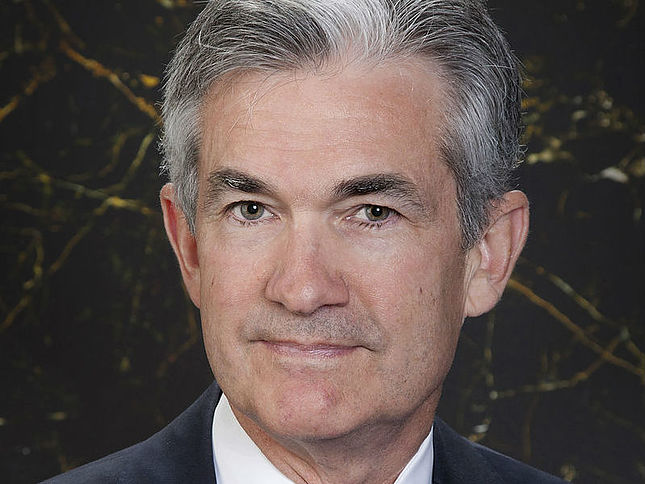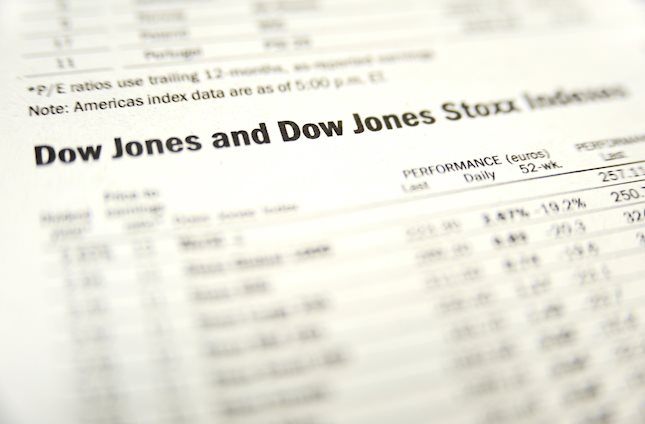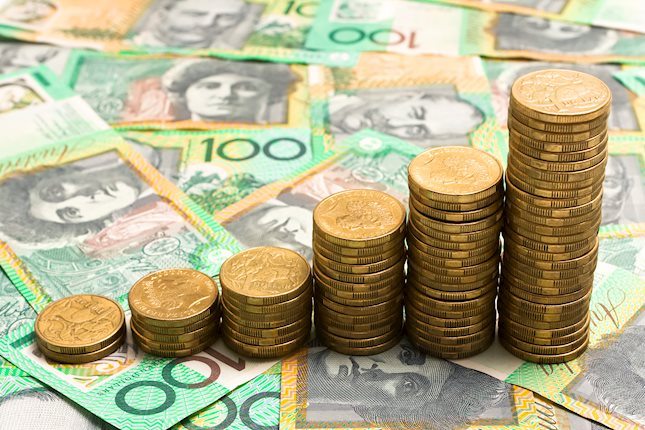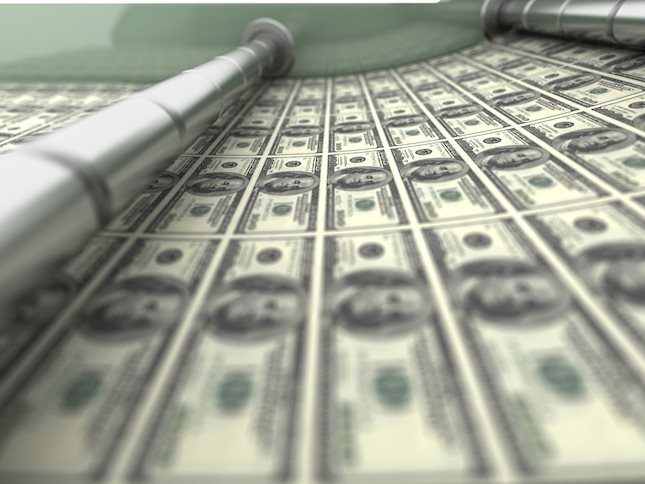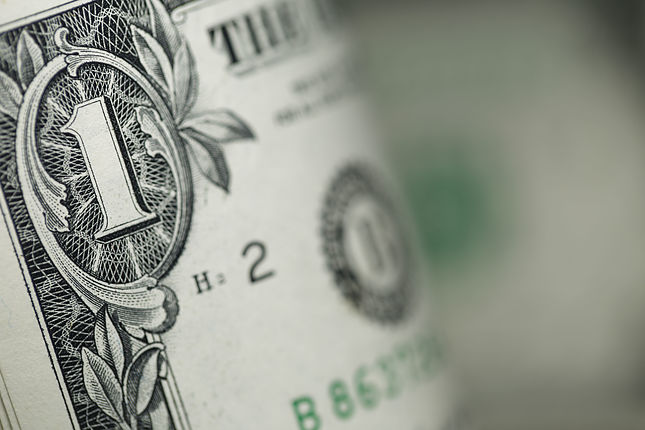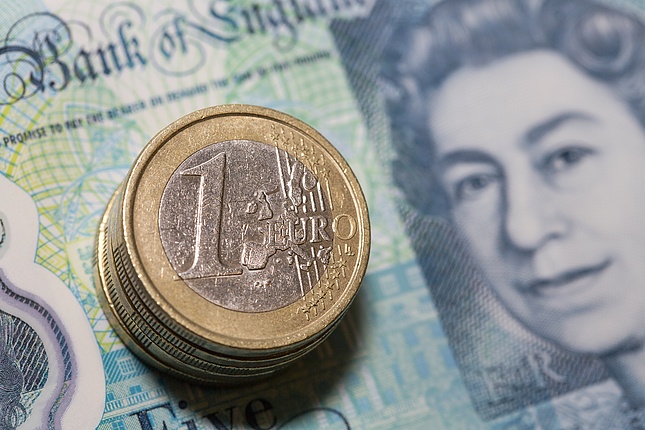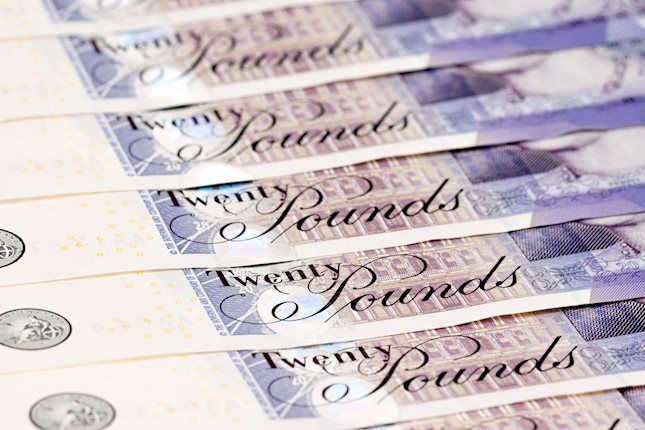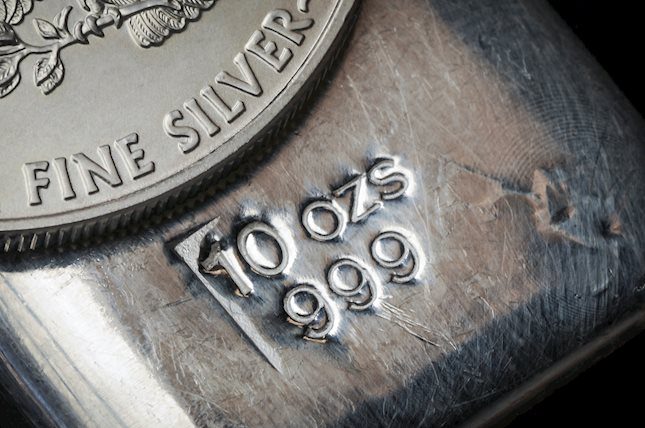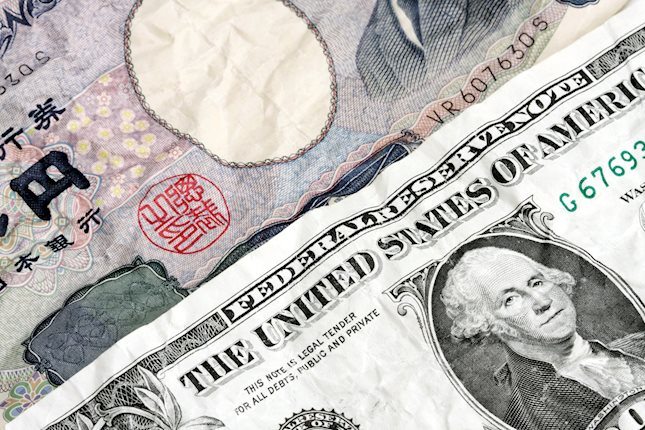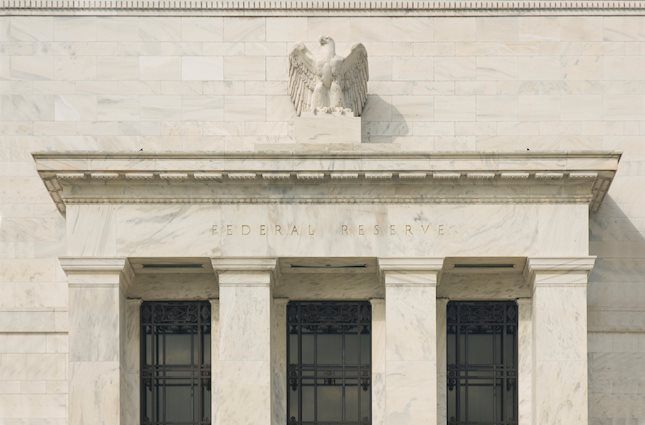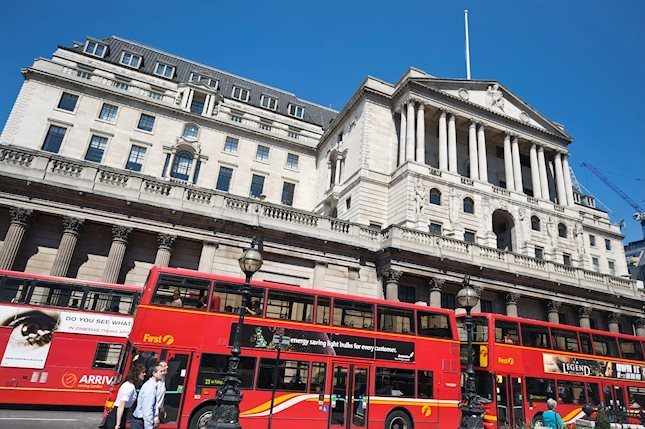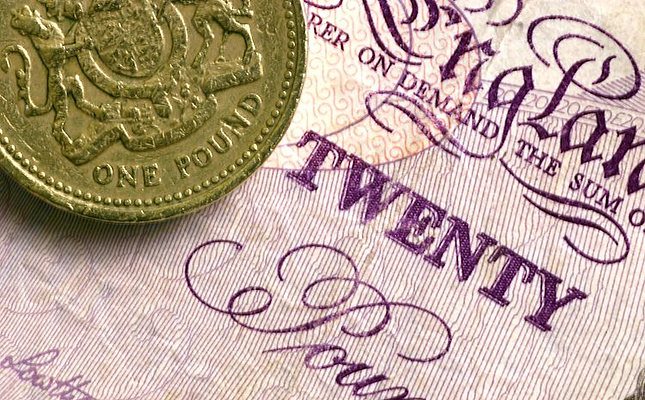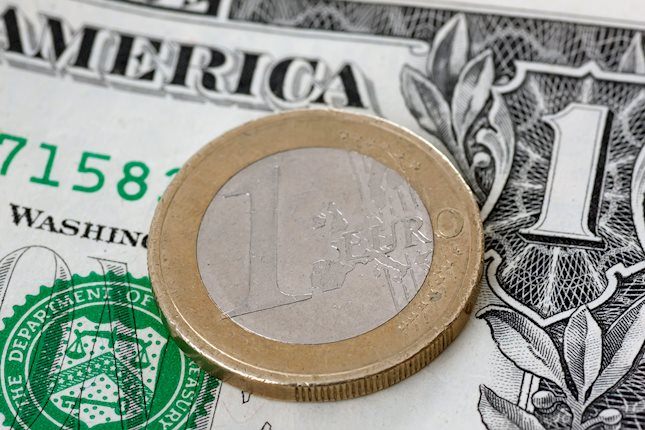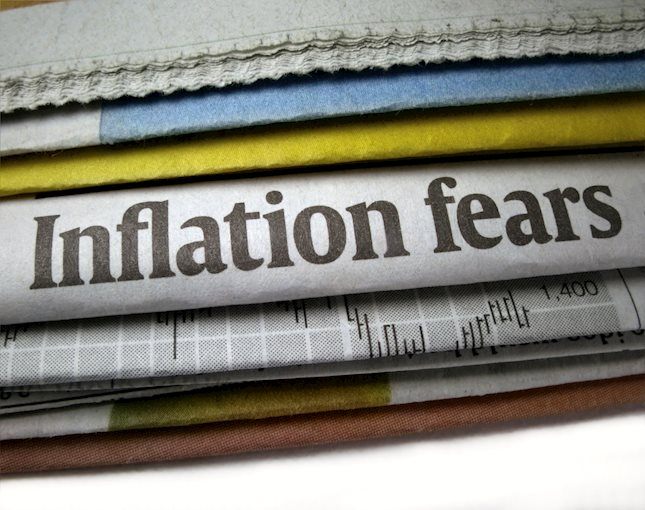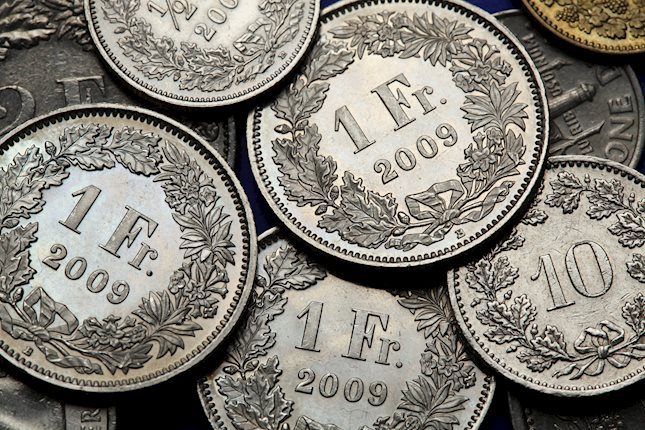Pound Sterling refreshes four-month low as Trump trades continue to outperform
- The Pound Sterling posts a fresh over four-month low near 1.2630 against the US Dollar on confirmation that Trump will control both US houses.
- An expected acceleration in US inflation keeps the Fed on course to cut interest rates in December.
- Investors await Fed Powell and BoE Bailey’s speeches in the North American session.
The Pound Sterling (GBP) refreshes over a four-month low near 1.2630 against the US Dollar (USD) on Thursday. The GBP/USD pair extends its downside for the fifth consecutive trading day as the US Dollar (USD) continues to gain on optimism over the United States (US) economic outlook, fuelled by headlines that President-elected Donald Trump and the Republican Party will control both the US Senate and the House of Representatives, according to the Associated Press.
This “clean sweep” will allow Donald Trump to execute his protectionist and expansionary policies without interruption. Trump vowed to raise import tariffs by 10% universally and lower taxes on corporations and workers in his election campaign.
Market participants believe that lower taxes and higher import tariffs will result in a high-inflation environment, a scenario that would limit the Federal Reserve’s (Fed) potential to cut interest rates aggressively. Markets currently highly anticipate a 25 basis points (bps) interest rate cut that will push borrowing rates lower to 4.25%-4.50% in December, according to the CME FedWatch tool. Market expectations for the Fed to cut interest rates again next month strengthened after the October Consumer Price Index (CPI) data released on Wednesday showed that inflationary pressures rose in line with estimates.
Meanwhile, surprisingly lower Initial Jobless Claims for the week ending November 8 and hotter-than-expected Producer Price Index (PPI) for October are expected to strengthen the US Dollar further. The number of individuals claiming jobless benefits for the first time came in at 217K, fewer than the prior release of 221K. The headline producer inflation rose by 2.4%, faster than estimates of 2.3% and from 1.9% in September, upwardly revised from 1.8%. In the same period, the core PPI - which excludes volatile food and energy prices - accelerated at a faster pace to 3.1% from expectations of 3.0% and the former release of 2.9%, upwardly revised from 2.8%.
Going forward, investors will focus on Fed Chair Jerome Powell’s speech for fresh guidance on interest rates, which is scheduled at 20:00 GMT.
Daily digest market movers: Pound Sterling faces pressure ahead of BoE Bailey’s speech
- The Pound Sterling exhibits a subdued performance against its major peers and is notably weak against the US Dollar on Thursday ahead of Bank of England (BoE) Governor Andrew Bailey’s speech at 21:00 GMT. Bailey is expected to provide cues about whether the BoE will cut interest rates again in December and the potential consequences of Trump’s policies on the United Kingdom (UK) economy.
- In his last interaction with the media in the press conference after the decision to reduce interest rates by 25 bps to 4.75% last week, Bailey said that the policy-easing cycle would be more gradual as Labour’s first budget could increase inflationary pressures and economic growth.
- Meanwhile, BoE external policy member Catherine Mann said in a speech at the Society of Professional Economists Annual Conference in Thursday's North American session that she wants to keep interest rates on hold until sufficient evidence on diminished inflation persistence appears, Reuters reported. In a panel discussion organized by BNP Paribas on Wednesday Mann said that the progress in the disinflation process could slow down as energy prices are more likely to rise than fall and highlighted inflation in the service sector as "pretty sticky," Investors should note that Mann is an outspoken hawk who voted to leave interest rates unchanged at 5% in last week’s monetary policy meeting.
- Investors will also pay close attention to the outlook of inflation in the services sector in Bailey's speech, a closely tracked indicator by BoE officials for decision-making on interest rates. The Service inflation is expected to remain sticky as the Average Earnings data rose more than expected in the three months ending September.
Technical Analysis: Pound Sterling sees support at 1.2600
The Pound Sterling extends its losing streak against the US Dollar for the fifth trading day on Thursday and declines to near the August low of 1.2665 after establishing below the 200-day Exponential Moving Average (EMA), which trades around 1.2855.
A bearish momentum has kicked in with the 14-day Relative Strength Index (RSI) sustaining below 40.00.
Looking down, the round-level support of 1.2600 will be a major cushion for Pound Sterling bulls. On the upside, the Cable will face resistance near the 200-day EMA
BoE FAQs
The Bank of England (BoE) decides monetary policy for the United Kingdom. Its primary goal is to achieve ‘price stability’, or a steady inflation rate of 2%. Its tool for achieving this is via the adjustment of base lending rates. The BoE sets the rate at which it lends to commercial banks and banks lend to each other, determining the level of interest rates in the economy overall. This also impacts the value of the Pound Sterling (GBP).
When inflation is above the Bank of England’s target it responds by raising interest rates, making it more expensive for people and businesses to access credit. This is positive for the Pound Sterling because higher interest rates make the UK a more attractive place for global investors to park their money. When inflation falls below target, it is a sign economic growth is slowing, and the BoE will consider lowering interest rates to cheapen credit in the hope businesses will borrow to invest in growth-generating projects – a negative for the Pound Sterling.
In extreme situations, the Bank of England can enact a policy called Quantitative Easing (QE). QE is the process by which the BoE substantially increases the flow of credit in a stuck financial system. QE is a last resort policy when lowering interest rates will not achieve the necessary result. The process of QE involves the BoE printing money to buy assets – usually government or AAA-rated corporate bonds – from banks and other financial institutions. QE usually results in a weaker Pound Sterling.
Quantitative tightening (QT) is the reverse of QE, enacted when the economy is strengthening and inflation starts rising. Whilst in QE the Bank of England (BoE) purchases government and corporate bonds from financial institutions to encourage them to lend; in QT, the BoE stops buying more bonds, and stops reinvesting the principal maturing on the bonds it already holds. It is usually positive for the Pound Sterling.
Forex News
Keep up with the financial markets, know what's happening and what is affecting the markets with our latest market updates. Analyze market movers, trends and build your trading strategies accordingly.
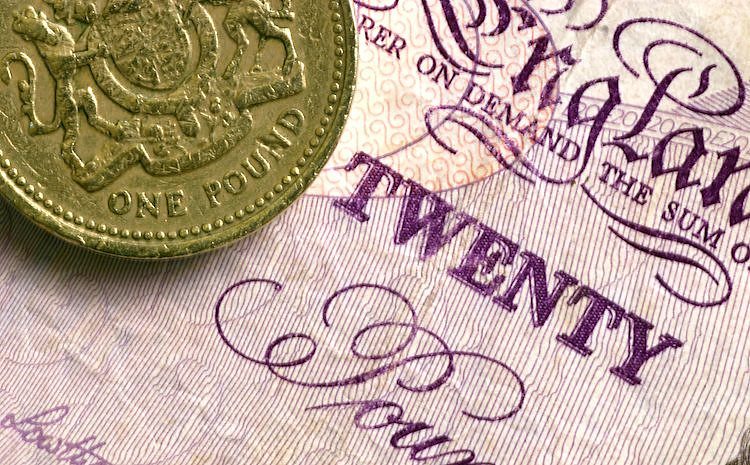
-638671749175687679.png)

